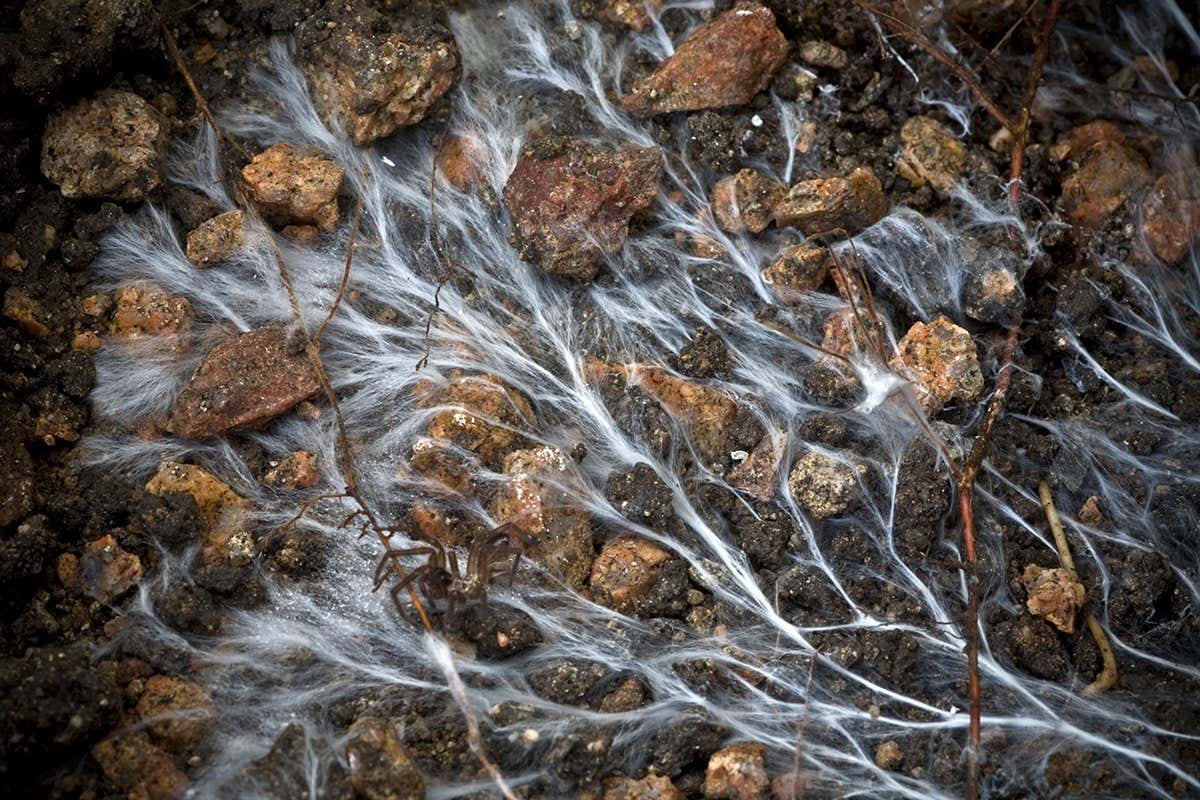Soil Fungi & Trees: A Symbiotic Partnership for Carbon Sequestration and Climate Change Mitigation
The fight against climate change requires a multifaceted approach, and a key, often overlooked player, is hiding beneath our feet: soil fungi. These microscopic organisms form a crucial symbiotic relationship with trees, significantly impacting carbon sequestration and potentially offering a powerful tool in mitigating climate change. Recent research highlights the vital role of this underground network, revealing how fostering healthy soil fungal communities can be a game-changer in our efforts to reduce atmospheric CO2.
The Mycorrhizal Network: Nature's Underground Carbon Highway
Trees and soil fungi engage in a mutually beneficial relationship known as mycorrhiza. Mycorrhizal fungi colonize tree roots, forming an extensive network that extends far beyond the reach of individual root systems. This network acts as a natural highway, transporting nutrients and water to the trees while receiving carbohydrates produced through photosynthesis in return. Crucially, this network also plays a significant role in carbon cycling.
-
Increased Carbon Storage: The mycorrhizal network facilitates the transfer of substantial amounts of carbon from trees to the soil. This carbon is stored in the fungal biomass itself, as well as in the soil organic matter, effectively removing it from the atmosphere. Studies have shown that mycorrhizal fungi can significantly increase the amount of carbon stored in forest soils, often exceeding the carbon stored in the above-ground biomass of the trees themselves.
-
Improved Soil Health: The presence of mycorrhizal fungi improves soil structure, water retention, and nutrient cycling. Healthier soils are more resilient to erosion and drought, contributing further to long-term carbon storage. They also support a richer biodiversity of other soil organisms, contributing to a more robust and resilient ecosystem.
-
Enhanced Tree Growth and Resilience: The increased nutrient uptake facilitated by the mycorrhizal network leads to healthier, faster-growing trees. These stronger trees are better equipped to withstand environmental stressors like drought and disease, further enhancing their carbon sequestration potential.
Protecting and Enhancing Mycorrhizal Networks: Strategies for Climate Action
Harnessing the power of soil fungi requires a proactive approach focused on maintaining and enhancing these vital underground networks. Several strategies can significantly impact carbon sequestration:
-
Sustainable Forest Management: Avoiding destructive logging practices, promoting natural regeneration, and minimizing soil disturbance are essential for preserving existing mycorrhizal networks.
-
Agroforestry Practices: Integrating trees into agricultural landscapes can establish mycorrhizal networks that benefit both trees and crops, enhancing carbon sequestration while improving soil health and crop yields. This approach offers a win-win scenario for climate action and food security.
-
Reduced Tillage Farming: Minimizing soil disturbance through no-till farming protects the delicate mycorrhizal networks from damage, allowing them to thrive and continue their crucial carbon sequestration role.
-
Promoting Biodiversity: A diverse range of plant species supports a diverse range of mycorrhizal fungi. Maintaining biodiversity above ground ensures a robust and resilient mycorrhizal network below ground.
The Future of Soil Fungi in Climate Change Mitigation
The symbiotic relationship between soil fungi and trees presents a powerful opportunity to combat climate change. By focusing on research and implementing sustainable land management practices that protect and enhance these underground networks, we can unlock the potential of soil fungi to significantly increase carbon sequestration and build more resilient ecosystems. Further research into the specific roles of different fungal species and their interactions with various tree species is crucial for maximizing the effectiveness of this natural carbon capture system. The future of climate change mitigation may well lie in understanding and nurturing the unseen world beneath our feet.
Call to Action: Learn more about mycorrhizal fungi and sustainable land management practices. You can find resources from organizations like the and the . Support initiatives promoting sustainable forestry and responsible agriculture. Every small step counts in the fight against climate change.

